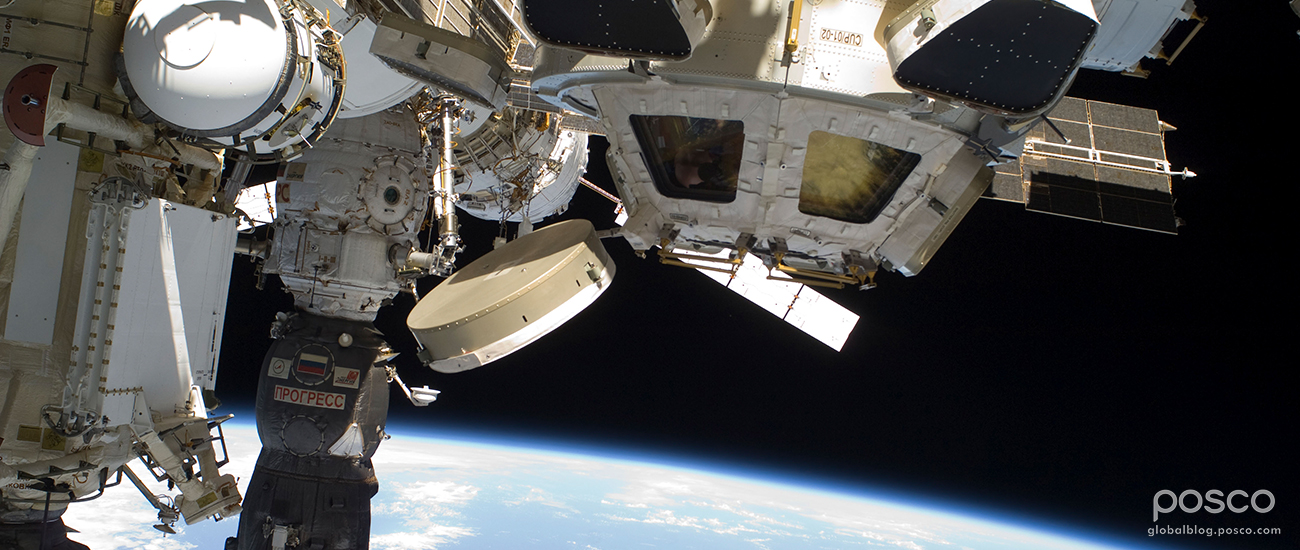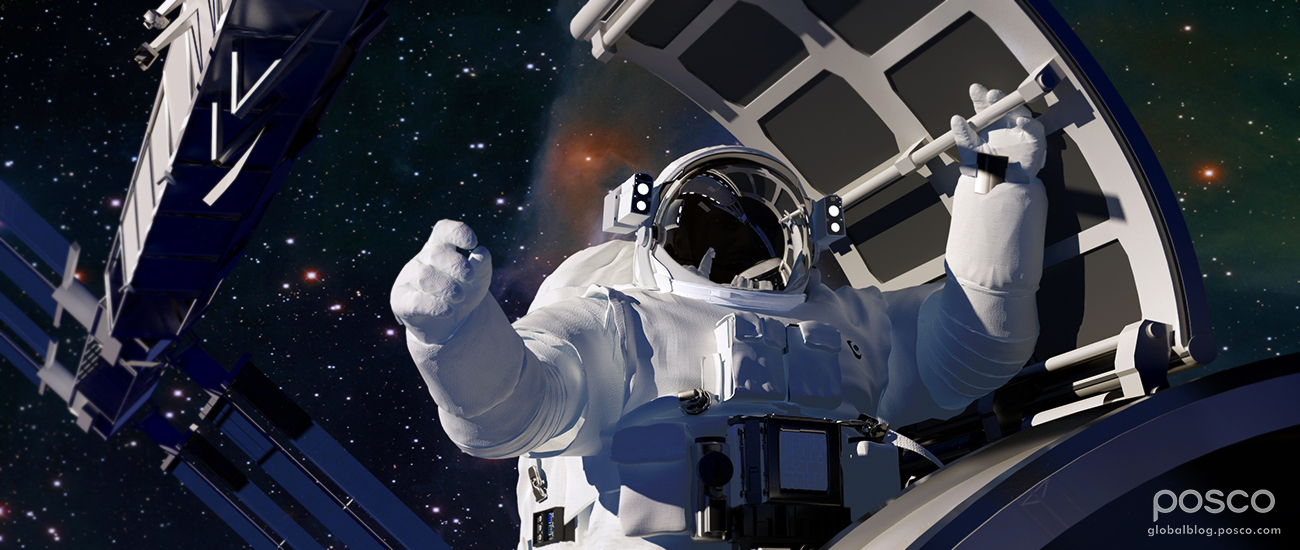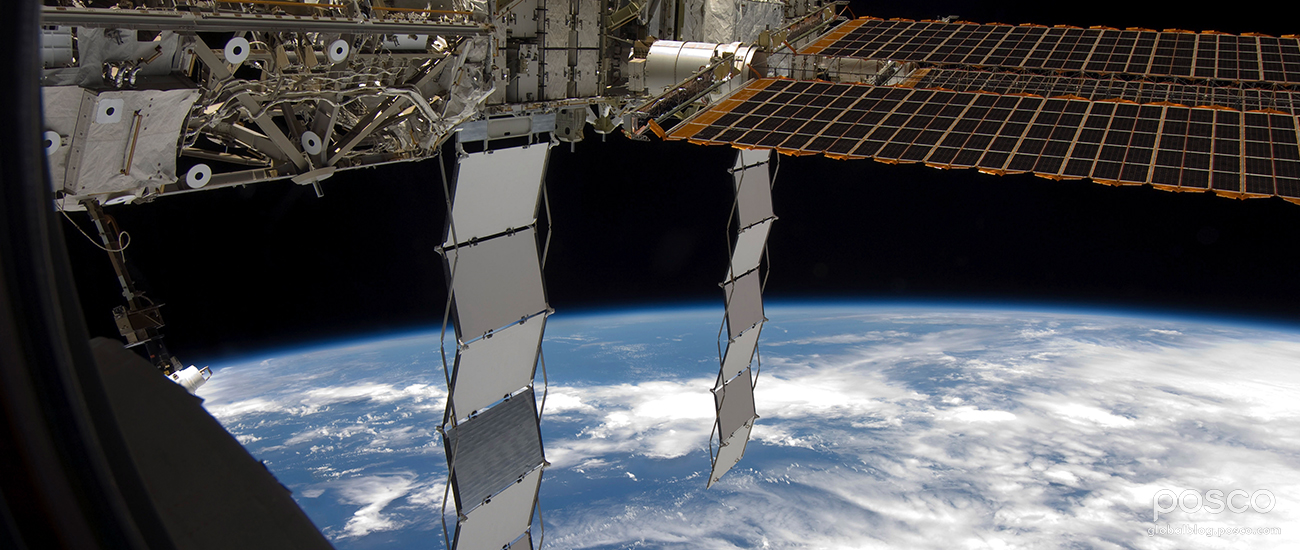Humans have long been fascinated with the idea of living in an extraterrestrial environment. The mysteries of the outer unknown coupled with the urge to make new discoveries in space have enabled governments of leading nations to work collaboratively to build one of mankind’s biggest achievements – the International Space Station.
Building the ISS
Beginning in 1998, the ISS was constructed on ground piece-by-piece, then transported and assembled over the course of 12 years, 40 missions and 80 launches. With a partnership between European countries (represented as ESA), the United States (NASA), Japan (JAXA), Canada (CSA) and Russia (Roscosmos), the ISS has become the world’s largest international cooperative program in the fields of science and technology.
The concept of a space station had been imagined in several different ways prior to the actual ISS initiative. Stanley Kubrick and Arthur C. Clarke created a centrifugal, wheel-shaped space station in their science fiction classic, 2001: A Space Odyssey. The Star Trek series, originally created by Gene Roddenberry in 1969, also featured various renditions of what a futuristic space station might look like, including the sleek Vanguard Station.
However, given our current technological and astrophysical capabilities, the ISS was built with functionality and sturdiness as top priorities.
The ISS’s main compartments were completed in 2011, amassing a total weight of over 420,000 kilograms, and the station itself is approximately the size of a North American football field.

When constructing the ISS, engineers relied on materials like titanium, Kevlar, high-grade steel and lightweight aluminum to make the structure as light and puncture-resistant as possible.
“This shell must also provide protection from impacts by tiny meteoroids and man-made debris,” states NASA on their website. “To ensure the safety of the crew, the Space Station wears a bullet-proof vest. Layers of Kevlar, ceramic fabrics and other advanced materials form a blanket up to 10 centimeters thick around each module’s aluminum shell.”
With weight being a major factor in getting each component into orbit, the modules were built using more lightweight aluminum than steel for the outer shells so that the space shuttles could hold the weight of the units in their cargo bays during launches.
Steering the Space Station with Steel
The ISS orbit is prograde, meaning it moves in the direction of Earth’s rotation. For the ISS to soar in a path that covers 90 percent of Earth’s population, the Station flies at an inclination of 51.6 degrees, which is easier to maintain and requires less fuel.
Directional corrections are needed to maintain the proper trajectory path, and rely on Control Moment Gyroscopes to do so. Control Moment Gyroscopes (CMGs) consist of spinning rotors and motorized stabilizing mechanisms, called gimbals, that tilt in an angular momentum. This momentum causes the gyroscopic torque that rotates the spacecraft when necessary.
The ISS relies on four CMGs that each contain a 100-kilogram solid steel wheel to rotate the Space Station to keep it on course or to adjust positioning for incoming payloads.
Every Detail Matters

Imagine the ISS as a five-bedroom home floating somewhere between 370 and 460 kilometers above Earth with up to six full-time crewmembers on board at any given time.
Although the ISS required more than just wood and sheetrock to be built, details like plumbing had to be carefully engineered to ensure safety and sanitation throughout the laboratories and living quarters. A complex network of tubes, pipes and ducts between the station’s outer skin and inner walls had to be built so that water and other liquids could safely flow in the weightless environment of space.
“Like veins and arteries in the human body, the Station’s plumbing circulates vital liquids and gases that keep the crew and the ISS itself in good health,” NASA notes. “And this collective network of tubing and hardware, which is far more elaborate than that of the typical house must be compact, lightweight, corrosion-resistant, leak-resistant, microbe-resistant and highly dependable.”
To meet this extremely high standard, the pipes in the ISS are made from titanium, stainless steel or Teflon wrapped in metal mesh.
Planning for Future Explorations

The main purpose of the ISS is to conduct research and various studies to give us a better understanding of the environmental challenges of outer space. By knowing what to expect through long-term, human-based trials and biological experiments, the possibility of traveling further into space to places like Mars becomes a closer reality.
Just like the Space Station, these missions will require careful planning and vehicles that can withstand whatever space might throw their way. Materials like titanium, lightweight aluminum and high-grade steel will most likely be relied upon to enable such missions and transport brave astronauts to worlds yet explored.
